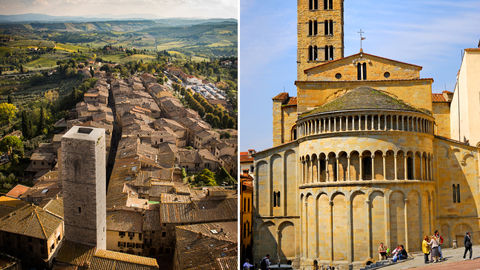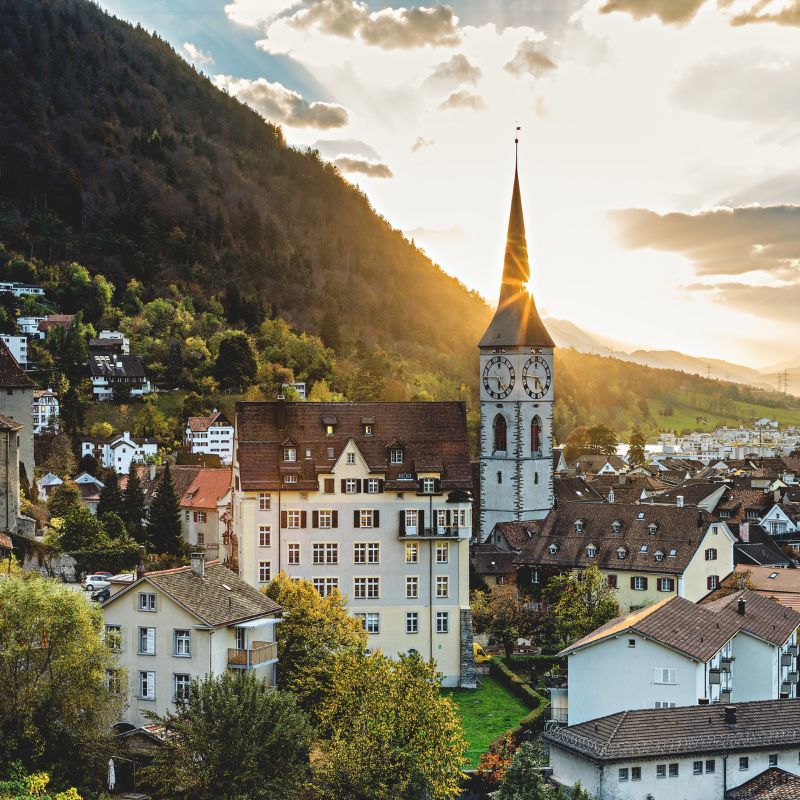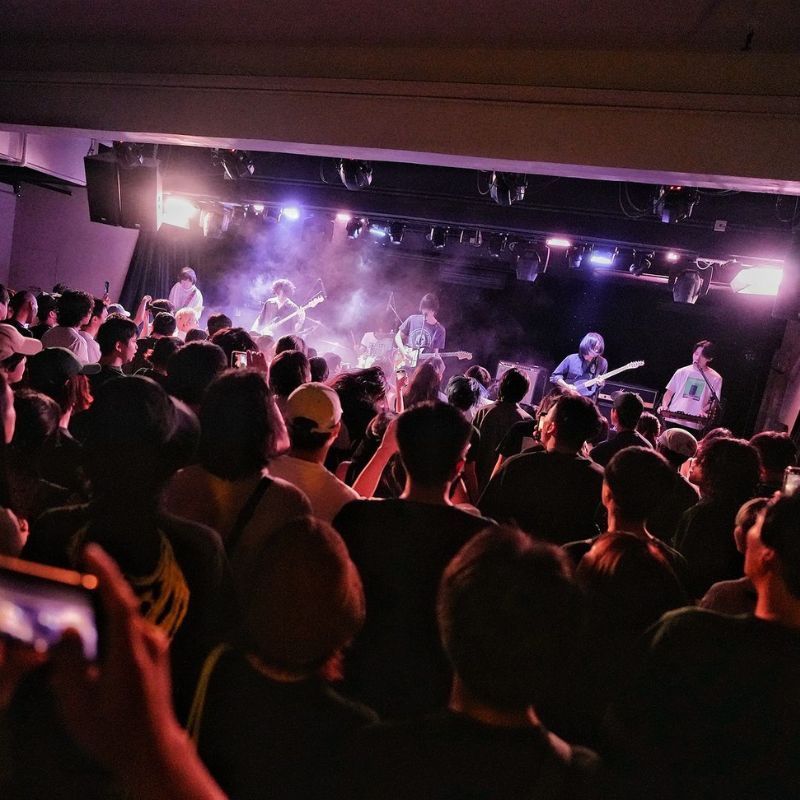
When (almost) in Rome, I took adages seriously and walked a part of Via Francigena, the 1,200-year-old pilgrim trail lost to time. By Archana Singh
On a bright October morning, I found myself standing on a panoramic point overlooking the Arno Valley, draped in a series of small hills with cypress and olive trees in the heart of Tuscany.
“San Miniato, where you are standing right now, has been on a crossroads since the Middle Ages. Due to its strategic location, it was a bone of contention between Florence and Pisa. As it lies roughly 20 miles (32 kilometres) away from each of them, it earned the name ’20 miles town’,” explained Erica Masani, my guide. It was my first day of walking the Via Francigena trail with S-cape Travel; my 10 companions came from around the world. Like the pilgrims of yesteryear, we slowed down to the pace of the 10th century, swapping diesel engines for strong legs, pencil heels for hiking boots and gadgets for trekking gear. One important thing that differentiated us, the modern pilgrims, from the ancient ones was our motivation—while they were driven by faith, we were stoked by adventure and the trend of slow travel. The path was punctuated with tiny images of a pilgrim welcoming us every few metres—on a lamp post, on small signage, even spray-painted on the pavement.

As we set off, Erica spoke encyclopaedically on Via Francigena. “Via Francigena is to Italy what El Camino is to Spain. In the Middle Ages, the 1,300-kilometre pilgrimage path began from the Canterbury Cathedral in England, passing through France and Switzerland, before reaching the eternal city, Rome,” she said. “The route welcomed travellers—from Etruscan merchants to Roman soldiers, pilgrims and Europe’s greatest minds. It saw the succession of civilisations, architecture and gastronomy.”
Almost forgotten for centuries, Via Francigena is undergoing a renaissance today. In 2009, the Italian government decided to revive the Italian leg of the route based on the journal written by Archbishop Sigeric of Canterbury in 990 AD. Over the past few years, a sensible route has been waymarked through Tuscany to avoid stretches of the main road and hiking maps have been published. From a time when locals didn’t want the pilgrims in their area, to offering them free food, water and shelter today, Via Francigena has come a long way in less than a decade.

THE JOURNEY
The full trail takes approximately 90 days, but I decided to do a portion of it—almost 100 kilometres—in five days. This provided an excellent introduction to the Tuscan countryside—unspoiled landscapes, UNESCO-protected medieval towns, open-hearted people and exceptional gastronomic delights.
Day 1 – SAN MINIATO TO GAMBASSI TERME (24 kms)
Our first day was long but scenic. The classic Tuscan vistas welcomed us with quilted green hillocks, skirting vineyards, freshly harvested wheat fields and olive groves. After three hours of walking on a snaky path in a toasty 28 degree celsius, we reached the cool surrounds of a recently restored 1,100-year-old Romanesque Church, Pieve di Santa Maria a Chianni. It was here that Archbishop Sigeric stopped on his way from Rome to Canterbury. After a hearty Italian picnic lunch, we continued our journey to the vertiginous town of Gambassi Terme.

Day 2 – GAMBASSI TERME TO SAN GIMIGNANO (17.6 kms)
The second day was one of the most anticipated of our walk as we marched towards San Gimignano, a UNESCO World Heritage Centre dubbed as the ‘Medieval Manhattan’.
Though the route was shorter than the earlier day, it was more diverse in appeal—freshly overturned fields with earthy fragrance, endless golden vineyards, dry sunflower fields, long avenues of cypresses, rolling hills crowned with vertigo-defying citadels and lush forests that wore fall colours. Mid-afternoon, we reached the city of towers and rightaway began our guided tour. Standing on top of the tallest tower, Torre Grossa, we listened to tales about the patrician families who built around 72 tower-houses as symbols of their wealth and power. When the Tuscan sun blanketed the whole valley in its golden glow, a sommelier took us on a sensual journey of wine-tasting at the Museo del Vino Vernaccia di San Gimignano. We tried several varieties of Vernaccia, a dry, white wine produced only in Tuscany since the 13th century, before wrapping our day with a wonderful home-made Tuscan meal.
Day 3 – SAN GIMIGNANO TO ABBADIA ISOLA (25.4 kms)
With a reluctant heart, I left San Gimignano to cross the Elsa river valley, where we jumped into a freshwater stream and rested for a while, before reaching Abbadia Isola, a village named after its eponymous 1,000-year-old Benedictine abbey.
This large Romanesque abbey was surrounded by marshland when it came up; this gave it its name, which translates to ‘island abbey’.

Day 4 – ABBADIA ISOLA TO SIENA (18.6 kms)
A golden, misty morning greeted us as we made our way to the perfectly preserved medieval walled town of Monteriggioni. Despite power changing hands several times, the miniature town didn’t lose any of its medieval character. “The castle of Monteriggioni has never been conquered. That’s why nothing has changed here—from its cobbled streets to its city walls,” said the mayor of the town as we stood on the fortified walls of the castle overlooking the valley.
Borrowing a page from its history, we tried armours and medieval swords at the Armoury Museum, while also treating ourselves with gelato. You know what they say—when in Rome…
Staying on course, we made two quick stopovers before reaching Siena. The medieval masterpiece of Tuscany was an important stop for pilgrims, artists and traders, where architecture, art and spirituality co-existed in perfect harmony. I was particularly excited to see Duomo, Siena’s black-and-white striped cathedral, and Piazza del Campom, a medieval square renowned for the historic horserace Palio di Siena.

Day 5 – FROM SIENA TO BUONCONVENTO (13.6 kms)
Our final stop was dedicated to gastronomy. The Tuscan countryside is like the Chianti produced there—meant to be savoured rather than gulped. A short ride from south of Siena brought us to Lucignano, from where we walked on the soft ochre-coloured Sienese clay hills topped with a line of cypresses to reach Buonconvento. Food tastes better in Italy than anywhere else. It’s been several months since I returned from the trip, yet my mouth starts watering when I think about the cacio e pepe and fagioli (white beans) that I had at Fattoria Pieve a Salti, a 700-hectare organic farm near Buonconvento.
Our ‘pilgrimage’ got a befitting finale in wine-tasting at Italy’s first all-woman-run vineyard, Donatella Cinelli Colombini, where I was introduced to the novel concept of pairing wine with music.
Before I embarked on the trail, I had no idea what I would encounter. I was concerned only about the physical aspect of the journey. But once I started walking, I realised the Via Francigena is no ordinary walk; it connects you with the heart of Tuscany and in doing so, offers rare insights into the simple pleasures of Tuscan life. I might not be a conventional pilgrim, but you don’t have to be one to experience the joys of walking the 1,200-year-old pilgrim path to Rome.
THE DETAILS
GETTING THERE
Fly from any Indian metro city to Florence or Pisa, and then take a cab or a bus to reach San Miniato. Via Francigena can be tread on foot or bike, and multiple operators offer excursions. For more information, see here.
STAY
Historically, pilgrims on the Via Francigena have stayed overnight at abbeys and monasteries. I stayed partially true to that tradition, with some luxe indulgences.
Luxury Hotels
Florence: Hotel Savoy starts from INR 34,054 per night.
Siena: Castel Monastero starts from INR 37,459.
Montecatini Terme: Montecatini Palace & Spa starts from INR 10,896.
Boutique B&Bs
San Gimignano: Torraccia di Chiusi starts from INR 8,590.
San Gimignano: La Cisterna Hotel starts from INR 7,275.
Abbeys and Hostels
Gambassi Terme: Ostello Sigerico starts from INR 4,334.
Abbadia Isola: Ostello Contessa Ava starts from INR 3,868.
Related: We Got An Exclusive Sneak Peek Into Tommaso Ziffer’s Latest Milestone In Rome With…










